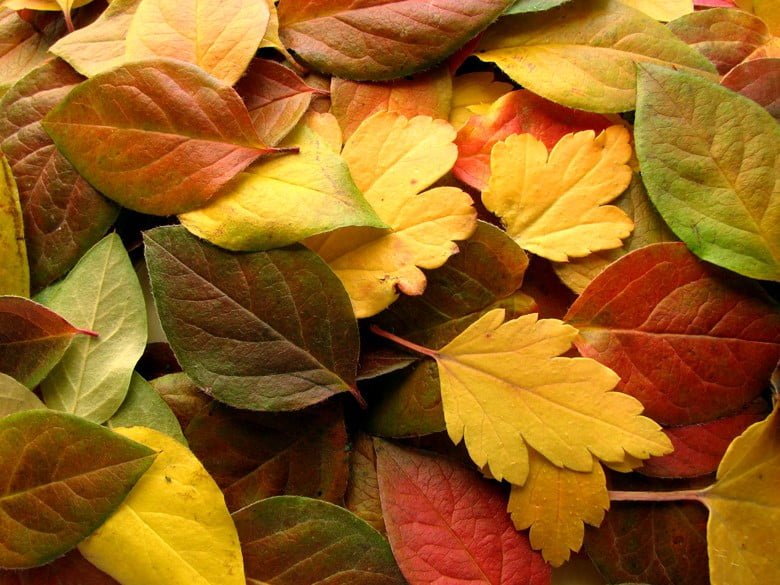7 Autumn Flavors to Add to Your Grocery List


The return of fall brings colorful leaves, crisp air, and most importantly, some delicious autumn flavors back to your kitchen. While you can get some of the ingredients year-round, they reach peak harvesting season during the cooler weather. These foods incorporate savory flavor and fresh aromas to your favorite hearty dishes. Add these seven autumn ingredients to your grocery list to kick off the brisk fall season.
Butternut Squash: In the winter squash family, butternut squash is actually harvested in late summer or early fall, but the vegetable stores so well it can be used throughout the year. When cooking with this fall flavor, find squash that have a firm, smooth rind. Use your fingernail to gently poke at the skin. If the rind punctures without much force, the squash is not ripe. Look for uniform coloring of the skin and no green spots that indicate the squash was picked too early. Choose the heaviest squash for the size, as this will be the moistest and most flavorful.
To prepare butternut squash, cut it in half and scoop out its seeds. Keeping the butternut squash in larger pieces preserves the moisture. The best way to retain the moisture inside the squash is to roast the pieces in halves instead of cubes. If you plan on using the squash for a soup, you can cut it into chunks and boil them in a pot, retaining the cooking water for the soup’s stock.
Brussels Sprouts: The peak season for picking Brussels sprouts is between September and February. The best sprouts during the season will have smaller, more compact heads, as this typically results in a sweeter taste. Pick out Brussels sprouts with vibrant green color and firm heads.
Brussels sprouts taste best when fresh and should be used as soon as possible after purchase. The flavor (not to mention the smell) can get overwhelming after 3–4 days in the refrigerator. Once you are ready to cook the sprouts, remove the loose or damaged outer leaves. Make a shallow X-shaped cut in each head to let the heat permeate every sprout. Although, for some, Brussels sprouts have a bad reputation because of their pungent smell, this fall food is a great source of vitamin A and C, iron, potassium, and fiber.
Pumpkin: Pumpkins begin to ripen fully in September. If stored at room temperature, these traditional autumn ingredients are good for over a month. In the refrigerator, they can actually last up to three months.


Make sure to purchase cooking pumpkins instead of the popular decorative pumpkins when using them in fall recipes. For less work, you can cook with canned pumpkin, though the flavor is not as fresh. The pumpkins you might find at a pumpkin patch have stringy, tasteless meat—not the autumn flavor you’re craving! Look for either sugar or cheese pumpkins at your grocery store. Once you cut into the pumpkin, use within five days.
An added treat to cooking with pumpkins is the edible seeds. Roast them with salt and eat as a snack. The meat of the pumpkin can be used in soups, pies, cookies, cakes, breads—even delicious spicy pumpkin bars. Cut the pumpkin into wedges for a new twist on fries, or puree to create your own colorful version of mashed potatoes. There are endless recipes from desserts to sides that can be made with pumpkins during the fall.
Maple Syrup: One of the best natural sweeteners, authentic maple syrup is not the fake, overly sweet stuff you find at the supermarket beside the rest of the high-fructose corn syrup products. The real stuff has incredible health benefits. Research has found it could help prevent type 2 diabetes. It is also packed with calcium, helping to strengthen your bones. Try maple syrup with your morning bowl of cereal, plain Greek yogurt, or add it to your baked beans for a healthier sweetness. Although it may take a little while to adjust to the flavor of real maple syrup instead of its corn syrup imitation, the versatility of maple syrup can liven up your fall menu with rich autumn flavors.
Pears: There are a few different varieties of cooking pears, including Anjou, Seckel, and Bosc. Comice and Bartlett pears are best eaten raw. Buy any of these pears when they are still hard, as they ripen off the tree. It is difficult to tell if a pear will taste good just by looking at it. The fruit may appear perfect on the outside, but taste bland or have a grainy texture when you bite into it. While this is an added challenge to picking the perfect pear for your fall recipes, you can usually get fresher fruit by buying local. Research farmer’s markets nearby to buy the best pears from your area.
The easiest way to cook pears is to poach them in a hot liquid. A sugary blend of spices and water will keep the pears moist if you are serving them whole as a dessert. While a homemade apple pie might be the most traditional fall dessert, a pie or tart with thinly sliced pears can yield an exceptional and unique alternative.
Pears also complement meats like pork well. For best results, braise sliced pears and serve in a pork tenderloin dish.
Chestnuts: When buying chestnuts, look for nuts with firm shells that do not have any cracks. Use the heaviest chestnuts you can find. Preparation for recipes generally involves roasting the chestnuts, but they can also be boiled or eaten raw. Chestnuts are used in stuffing, soups, salads, pasta dishes, or even desserts. These adaptable nuts are a good source of fiber, vitamin C, iron, and calcium.
Mushrooms: Mushrooms grow year-round, but are a favorite ingredient for fall recipes. Low calorie and rich in vitamins B and D, mushrooms provide a healthy topping for salads when served raw or add a wonderful flavor to autumn soups. They can be used in stuffing, savory tarts, or sautéed with meats to add extra flavor.
Depending on the variety, there are health benefits tied to different types of mushrooms. Oyster mushrooms are a good source of iron. White button mushrooms boost your immune system. Maitake mushrooms have been shown to lower cholesterol levels during studies. The myriad health benefits of mushrooms make them a healthy and tasty choice for cooking in the fall.
When transitioning to fall, the availability of many fresh berries and produce declines. Yet you can still create delicious recipes during fall months using popular ingredients to create warm, satisfying autumn flavors. Add a few of these fall flavors to your grocery list and discover new ways to implement these foods in your meals.






